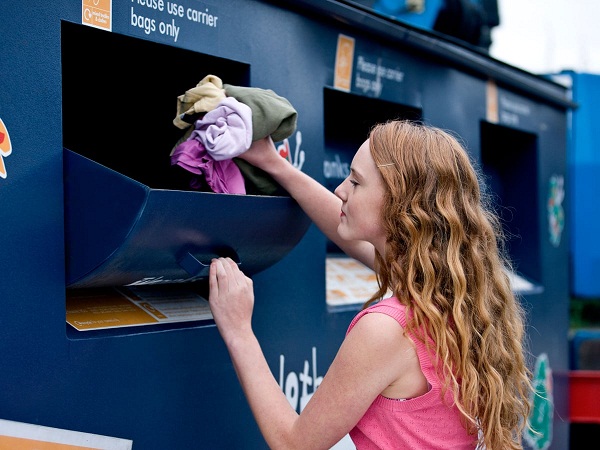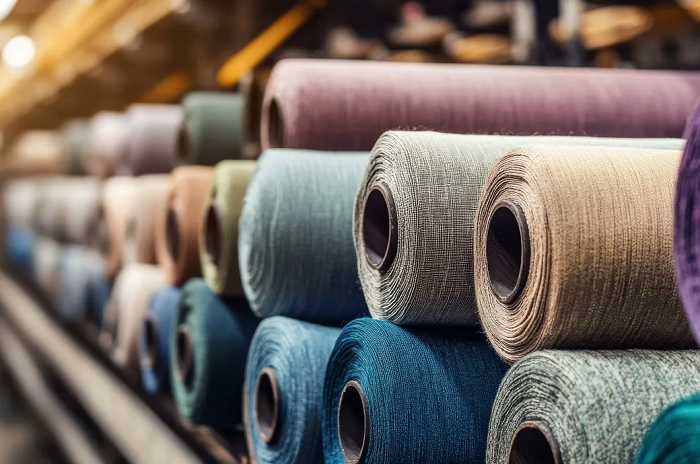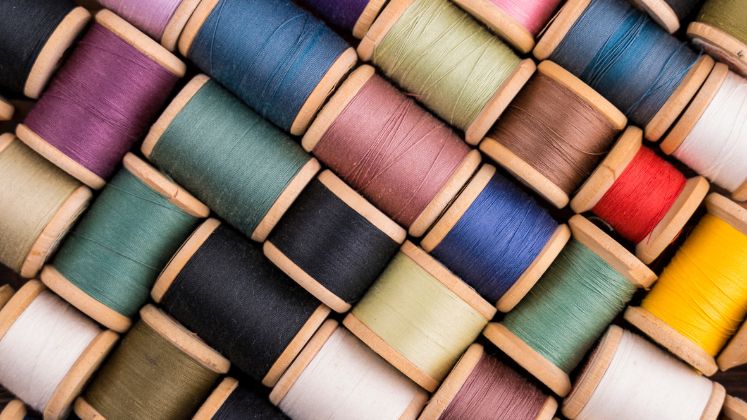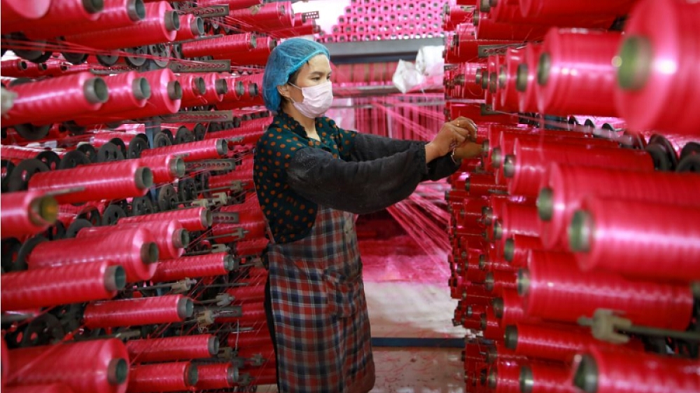
The second highest consumer of textiles per person in the world, Australia discards around 23 kg textiles into landfills every year. A large part of this waste comprises non-renewable, synthetic materials that cannot be recycled. This waste is not regulated at the federal levels and requires a shift to a circular waste economy to manage. The circular economy model focuses on creating recyclable and re-usable products and materials and keeping them in the economy for a longer period. One of the key themes as per recent McKinsey & Co report, ‘The State of Fashion ’for 2022 is: circular textiles.
As per this theme, Australian fashion industry can reduce its environmental impact by adopting the closed-loop recycling system to produce virgin raw materials and reduce textile waste. For effective use, companies need to embed these technologies into the design of their products.
Government initiatives to tackle waste problem
At the Industry Clothing Textiles Waste Roundtable and Exhibition held in May 2021, Sussan Lay, Australia’s Environment Minister initiated important discussions on the need to reduce clothing waste, the impacts of fast fashion and the necessity for nation-wide co-ordinated action. The discussions concluded that Australia needs to adopt a circular economy approach to the textile waste problem to accomplish sustainability in the relevant industries. This would also help the country drive the launch of innovative and efficient solutions to prevent the mass dumping of products in the landfills besides creating new jobs in the sustainable resources field.
In November 2021, the Australian Fashion Council was awarded $1 million through the National Product Stewardship Investment Fund to establish the country’s first National Production Stewardship Scheme for clothing textiles. The scheme aims to provide "a roadmap to 2030 for clothing circularity in Australia in line with National Waste Policy Action Plan targets". The scheme includes the commission of three reports on data and material flow, analysis of global initiatives, policies and technologies for promoting circularity in textiles and recommendations to achieve the National Waste Policy Action Plan targets by 203O. The money will be used to fund the commission of three reports by March 2023.
The National Product Stewardship Investment Fund has also granted aid to the Australasian Circular Textile Association for the Circular Threads project to develop a business case and design a product stewardship scheme to collect, reuse and recycle uniforms and workwear.
Innovative solutions from companies
Innovative solutions are being offered by several companies in Australia to tackle its textile waste problem. For instance, a clean technology company, BlockTex has created a process to recover polyester and cellulose from textiles and clothing in collaboration with researchers from Queensland University of Technology. Known as S.O.F.T (‘Seperation of fiber technolgy’), this process generates polyester and cellulose materials all industries including textiles, packaging and building products.
BlockTexx is also setting up a textile recycling plant in Logan, Queensland, to recycle 4000 tons of textile waste in its first year by the S.O.F.T technology. BlockTexx estimates it will be able to offset about 120,000 tons of CO2 emissions.
Another organization Worn Up i aims to make new products from up-cycled non-wearable uniforms and production offcuts. The organization has launched Textile Rescue Program to work with schools, corporates, local governments and sporting associations to keep uniforms out of landfill and help suppliers identify sustainability challenges in their uniform supply chains. Their stewardship and certification program, Responsible Textile Disposal Tick, holds organizations accountable for their waste and ensure they dispose of it responsibly.
Severe repercussions in absence of urgent action
The problem of textile waste in Australia needs to be addressed urgently if it aims to transit to a net zero economy. Several fashion and textile companies in the country are collaborating with the government to tackle this program.
In 2022, most consumers will engage in a wardrobe reboot, says The State of Fashion 2022 report by McKinsey & Co. Some of them may also engage in revenge shopping . This may further compound the waste problem in Australia unless some urgent action is taken against it.












